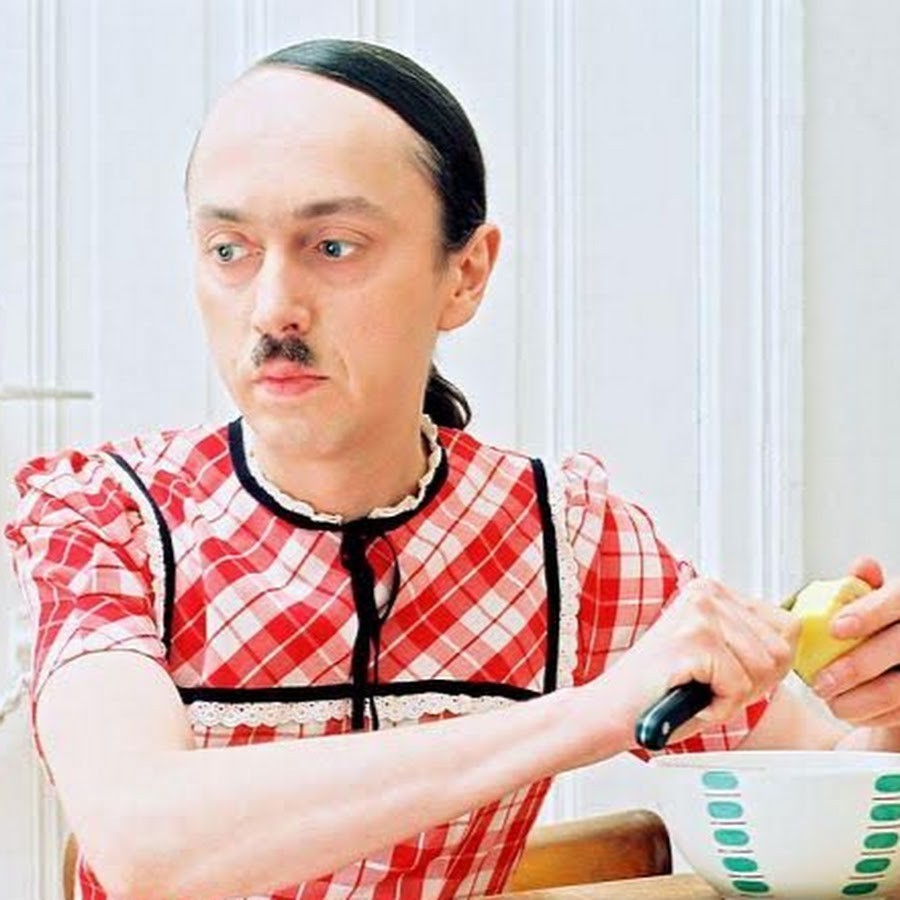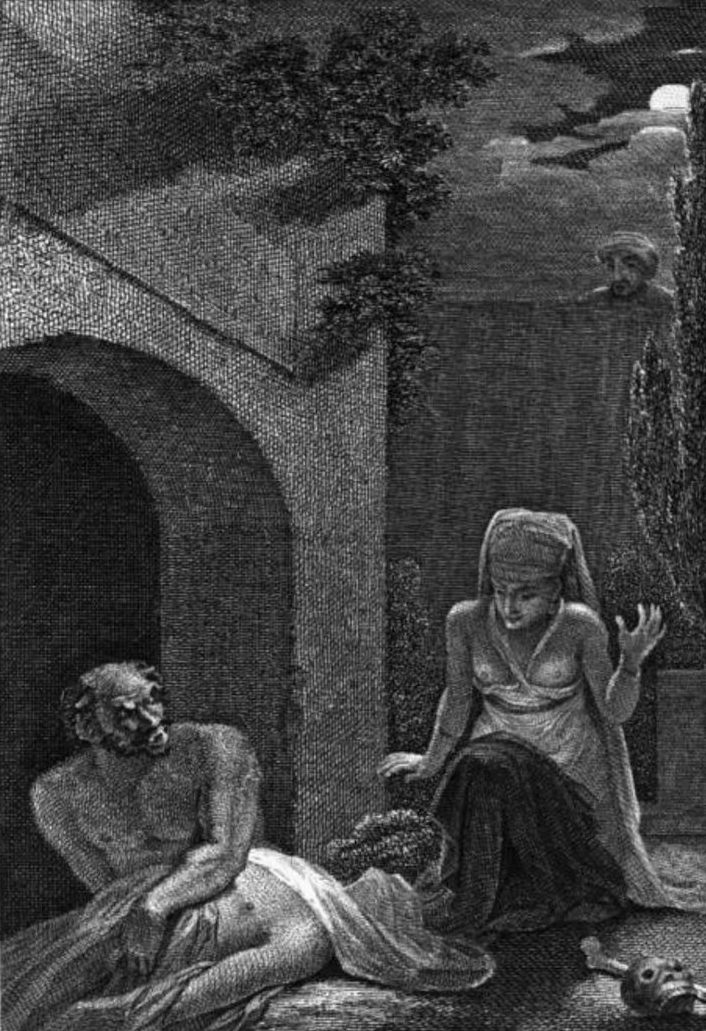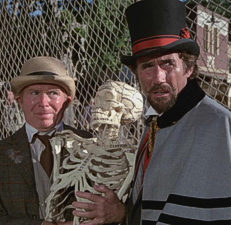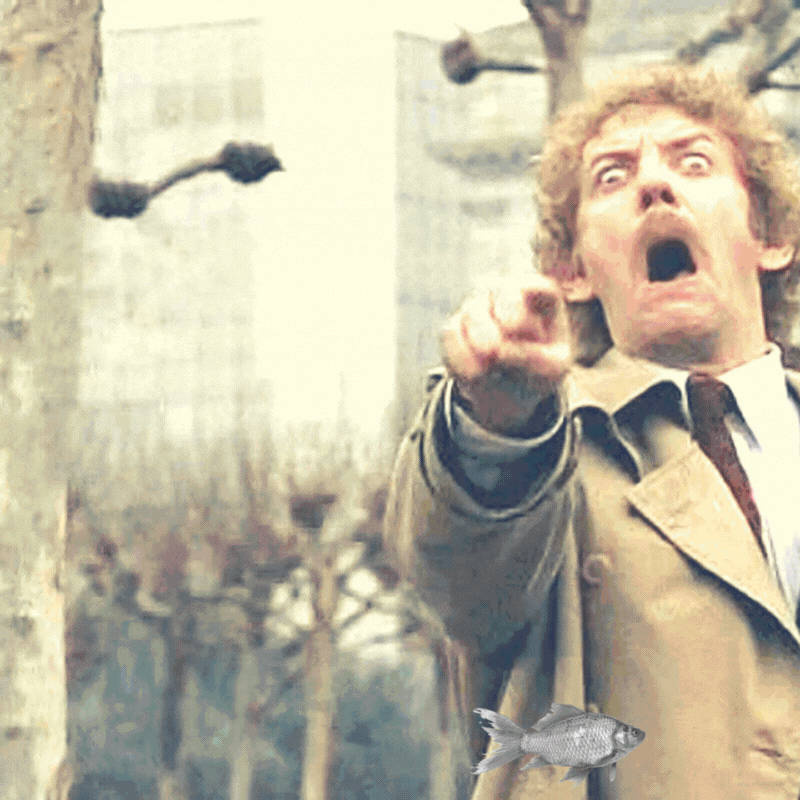Category: Bad Medicine
-

“The gas was brought by a car bearing the International Red Cross sign”
“All have entered. A gruff order was heard. ‘Will the S.S. and special commando leave the chamber.’ The doors were closed and the lights were turned off from outside. “At that exact moment, the noise of a car was heard. It was a luxurious car, bearing the sign of the International Red Cross, which arrived.…
-

Ghouls (and a few other things)
The Ghoul A Monstrous Mashup of Myth and Macabre Meet the ghoul, a creature so delightfully demonic it’ll make you shiver with excitement. Born from the mystical realms of pre-Islamic Arabian folklore, this monstrous humanoid has evolved into the ultimate symbol of undead terror in modern fiction. Think of it as the goth cousin of…
-

Ghoul Busters: Indianapolis guards its dead (or does it?) by Stephen J. Taylor
JANUARY 24, 2015 STEPHEN J. TAYLOR Hoosier State Chronicles: Indiana’s Digital Newspaper Program From the late 1800’s into the early years of the 20th century, Indiana’s capital city had a body problem. How to protect people who were already dead? Around 1900, even supernatural visitors to the city’s cemeteries would not have been surprised to find “the quick” prowling among the…
-

The Graves Violated – Not Very Many Bodies Are Left In Greenlawn Cemetery (Indianapolis Journal, 1899)
GRAVES VIOLATED. The city owns a strip of ground, acquired from the squatters along the river front, immediately adjoining the cemetery and extending to the river, and if successful it is contemplated merging the two tracts into one new park. This policy being understood by a number of families, former members of which were buried…
-

A coffin, a corpse and a baseball field: The strange history of Indianapolis’ Greenlawn Cemetery (by Dawn Mitchell, IndyStar)
by Dawn Mitchell, IndyStar, April 17, 2019 It’s not uncommon during excavation for new construction in Indianapolis that one might unearth artifacts, such as bottles, blackboards, even safes. The discovery of a coffin in 1986 might have been a shock to some, but for those who were acquainted with the history of the area, it was to be…
-
👉 A neomort is a braindead person who can be kept on life support for organ transplantation, medical and nursing education, and drug research. 👈
A brain-dead human being that could be kept on life support for organ transplantation, medical and nursing education, and drug research.
-

It is difficult to choose a few quotes from this halloweenish medical article from 1974
The 'Bottleneck In Bodies' Has Created The Agonizing Ethical Dilemma: Who Shall Live and Who Shall Die? By David Dempsey, Oct. 13, 1974
-

The extermination of the incurably ill and the mentally defective prompted the most effective episcopal protest against the actions of the Nazi regime
It was, in fact, the extermination of the incurably ill and the mentally defective that prompted the most effective episcopal protest against the actions of the Nazi regime. In a sermon at the St. Lamberti Church at Munster, Cardinal Galen publicly revealed the facts of the top-secret euthanasia programme, and cried out: ‘Woe unto the…
-

Green fluorescent protein (GFP)
The green fluorescent protein (GFP) is a protein that exhibits bright green fluorescence when exposed to light in the blue to ultraviolet range. Prendergast FG, Mann KG (Aug 1978). “Chemical and physical properties of aequorin and the green fluorescent protein isolated from Aequorea forskålea”. Biochemistry. 17 (17): 3448–53. doi:10.1021/bi00610a004. PMID 28749. Tsien RY (1998). “The green fluorescent protein” (PDF). Annual Review of Biochemistry. 67: 509–44. doi:10.1146/annurev.biochem.67.1.509. PMID 9759496 The label GFP traditionally refers to the protein first isolated…
-

Tetragastrin is commonly used in scientific research to induce panic attacks
CCK-4 reliably causes severe anxiety symptoms when administered to humans in a dose of as little as 50μg
-
Melanin-concentrating hormone (MCH) aka PMCH
Melanin-concentrating hormone (MCH), also known as pro-melanin stimulating hormone (PMCH), is a cyclic 19-amino acid orexigenic hypothalamicpeptide originally isolated from the pituitary gland of teleost fish, where it controls skin pigmentation. Barson JR, Morganstern I, Leibowitz SF (2013). “Complementary roles of orexin and melanin-concentrating hormone in feeding behavior”. International Journal of Endocrinology. 2013: 983964. doi:10.1155/2013/983964. PMC 3727095. PMID 23935621. In mammals it is involved in the regulation of feeding behavior, mood,…
-
Prolactin receptor modulators
Prolactin Agonists An agonist is a chemical that activates a receptor to produce a biological response. Receptors are cellular proteins whose activation causes the cell to modify what it is currently doing. In contrast, an antagonist blocks the action of the agonist, while an inverse agonist causes an action opposite to that of the agonist. Etymology: From the Greek αγωνιστής (agōnistēs), contestant; champion; rival < αγων (agōn), contest, combat; exertion, struggle…
-
Andreas Vesalius (1514 – 1564) was a 16th-century anatomist, physician, and author who is often referred to as the founder of modern human anatomy
Andreas Vesalius (Latinized from Andries van Wezel) (31 December 1514 – 15 October 1564) was a 16th-century anatomist, physician, and author of one of the most influential books on human anatomy, De Humani Corporis Fabrica Libri Septem (On the fabric of the human body in seven books). Vesalius is often referred to as the founder of modern human anatomy. He was born in Brussels,…
-
The Holy Innocents’ Cemetery is a defunct cemetery in Paris that was used from the Middle Ages until the late 18th century
In 1780, the former Holy Innocents’ Cemetery in Paris was closed because of overuse. In 1786, the bodies were exhumed and the bones were moved to the Catacombs.[ “Paris’ Les Innocents cemetery”. Retrieved February 6, 2011.] Many bodies had incompletely decomposed and had reduced into deposits of fat. During the exhumation, this fat was collected and subsequently turned into candles and soap.[“You (posthumously) light up…
-

Etymology of Pharmacy
pharmacy (n.) late 14c., farmacie, “a medicine that rids the body of an excess of humors (except blood);” also “treatment with medicine; theory of treatment with medicine,” from Old French farmacie “a purgative” (13c.) and directly from Medieval Latin pharmacia, from Greek pharmakeia “a healing or harmful medicine, a healing or poisonous herb; a drug, poisonous potion; magic (potion), dye, raw material…
Recent Posts
- 🧬 Disease Table with Low Sodium Connection
- 🧂 Sodium Reduction and Sodium Replacement: A History of Reformulation and Exploding Diseases, Including Many Diseases Unheard of Before Deadly Sodium Policies
- 🧂 The DEADLY 1500 mg Sodium Recommendation predates the WHO’s formal global sodium reduction push by nearly a decade (and it’s even worse than that)
- 🧬 What Is Beta-Glucuronidase?
- When Sugar Was Salt: Crystalline Confusion and the Covenant of Sweetness
Tags
ADAM ASPARTAME Birds Blood Bones Brain Bugs Cancer Columba Cows crystallography Death Death cults Eggs Etymology Gastrin Gold Growth hormone History Hormones Insulin Liver Mere Perplexity Metal Monkey Business Mythology Paracetamol Plants Poison Pregnancy Protein Religion Reproduction Rocks Salt Slavery Snakes Sodium the birds and the bees Thiocyanate Tobacco Tylenol Underworld Venom zinc

